
Piranesi by Susanna Clarke
Published by: Bloomsbury on September 15th, 2020
Genre: Fantasy
Rating: ★★★★☆
Description: Piranesi’s house is no ordinary building: its rooms are infinite, its corridors endless, its walls are lined with thousands upon thousands of statues, each one different from all the others. Within the labyrinth of halls an ocean is imprisoned; waves thunder up staircases, rooms are flooded in an instant. But Piranesi is not afraid; he understands the tides as he understands the pattern of the labyrinth itself. He lives to explore the house.
There is one other person in the house—a man called The Other, who visits Piranesi twice a week and asks for help with research into A Great and Secret Knowledge. But as Piranesi explores, evidence emerges of another person, and a terrible truth begins to unravel, revealing a world beyond the one Piranesi has always known.
I’ve read some other reviews that recommend that you avoid the summary and jump straight into the book. I disagree. I was confused enough having read the summary, and if I had dived into the book with no warning or hint as to what I would find, I think I would have abandoned it about 10% in. The opening chapters (the first third of the book really) are opaque and rather difficult to connect with; I needed all the background context that I could get.
The first half required energy. To follow the narrator’s jumbled thoughts, to imagine the soaring, endless halls of the labyrinth, to even attempt to divine meaning out of the many littered metaphors and symbols. But at some point — perhaps about halfway through — I fell into the book, and as the puzzle pieces came together, it flowed into a captivating read.
The main character — named Piranesi by the only other inhabitant of the House — is a pure, naive soul who believes deeply, spiritually, in the power and beauty of the House. It is the only world that he knows, one of vaulted halls lined with statues depicting everything ranging from Greek mythology to scenes of everyday people (and more than one blatant reference to Narnia). He doesn’t remember how he came to be in this strange House, where the basement halls are flooded with the sea and the upper halls are misted with clouds. Yet he knows every nook and cranny, jotting notes and observations into his scientific journals. His enthusiasm for documenting the House and sheer solemnity are first amusing, then a bit sad later on as more context is revealed.
Scattered parts of Pirenesi’s experience in the House reminded me a bit of how a reader falls into a fantasy world: Enraptured by the beauty, a feeling of being spoken to, the thrill of exploring unseen corners. On the other hand, I also felt a powerful sense of claustrophobia and isolation, particularly later in the book. It reminded me of Plato’s famous cave allegory: Piranesi believes that the empty House is the whole world, surrounded by mere reflections of the greater reality that he is unaware of. At the same time, the book also reflects on the nature of belief systems and spirituality.
Clarke’s imagery and symbolism are broad enough that different readers will surely find a myriad meanings and interpretations.
I love the way that this novel visualizes magic. I thought its conception of certain fantastical elements was quite unique. And the pacing was, in hindsight, satisfying. At the beginning, the book places you right at the center of a bewildering present — and asks you to bear with it for a while — but the tight plot unspools at a decent clip over just 250-ish pages. Piranesi demands your full attention, but only for a short while.
Verdict: Piranesi has all the elements of a captivating fantasy book: An utterly unique premise, a bewildering plot, and bittersweet ending that leaves you mulling it over for a long while afterwards.
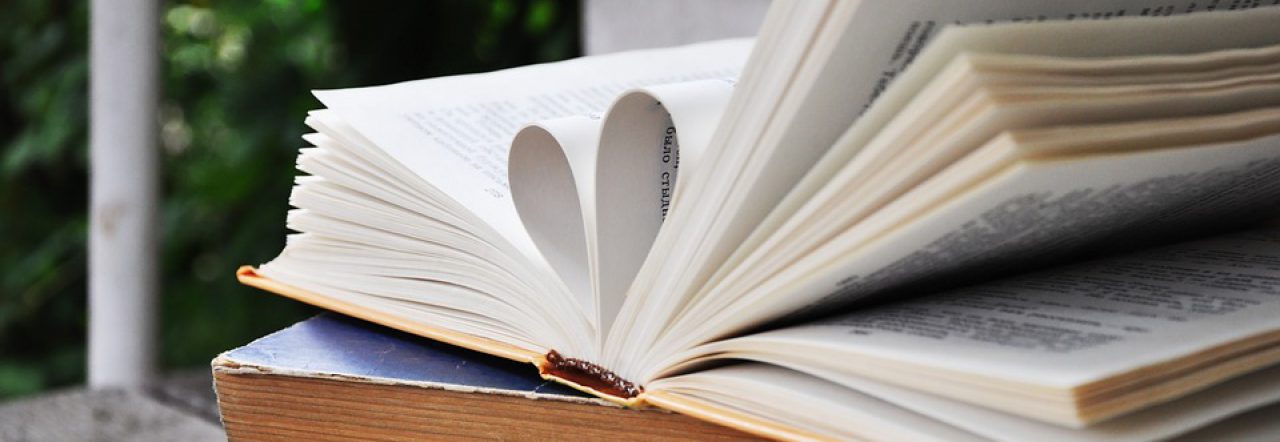
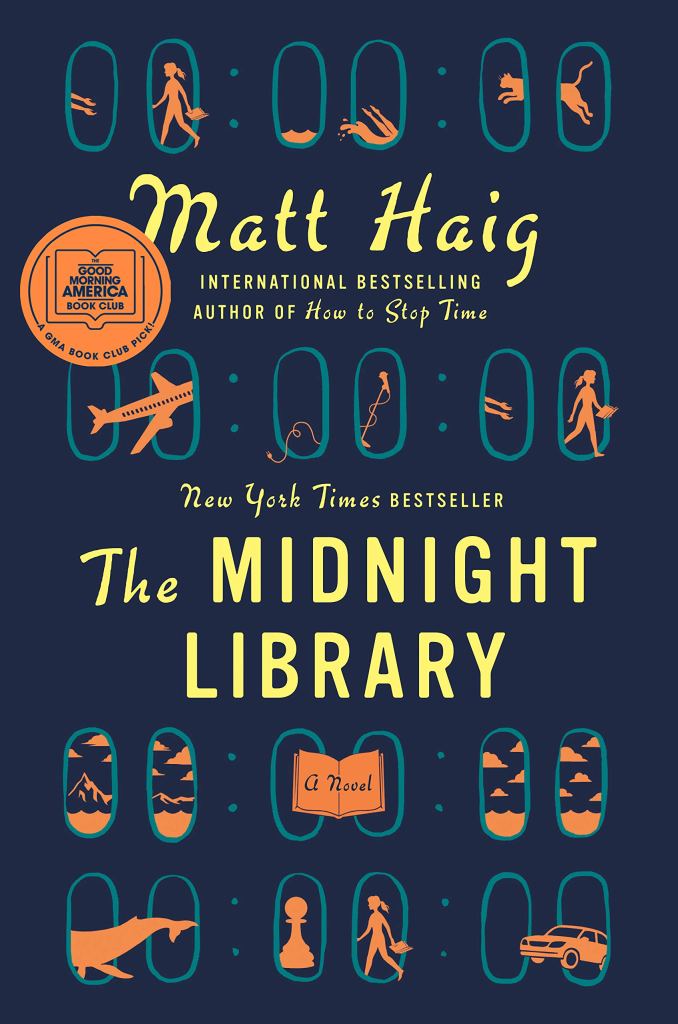

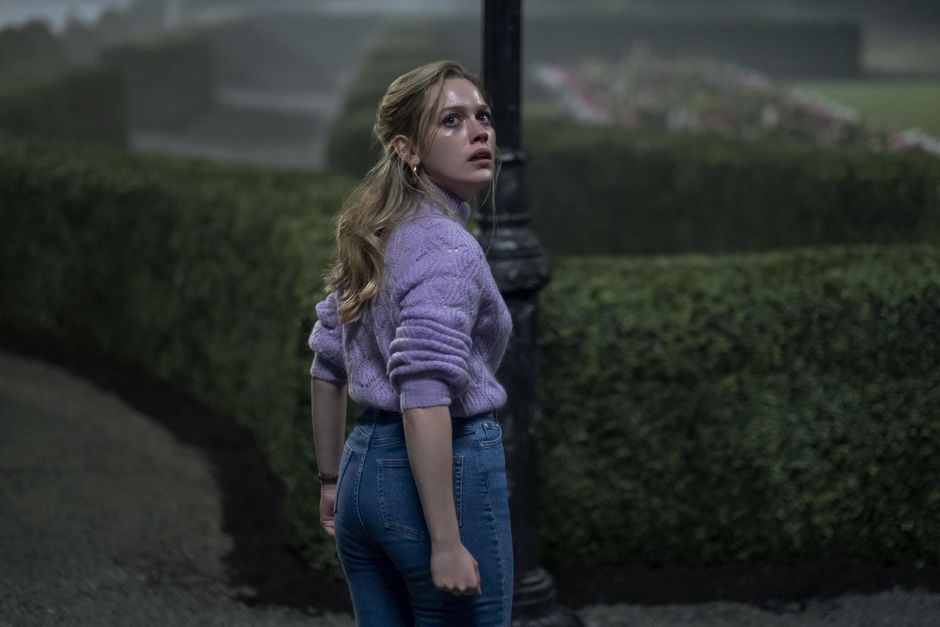


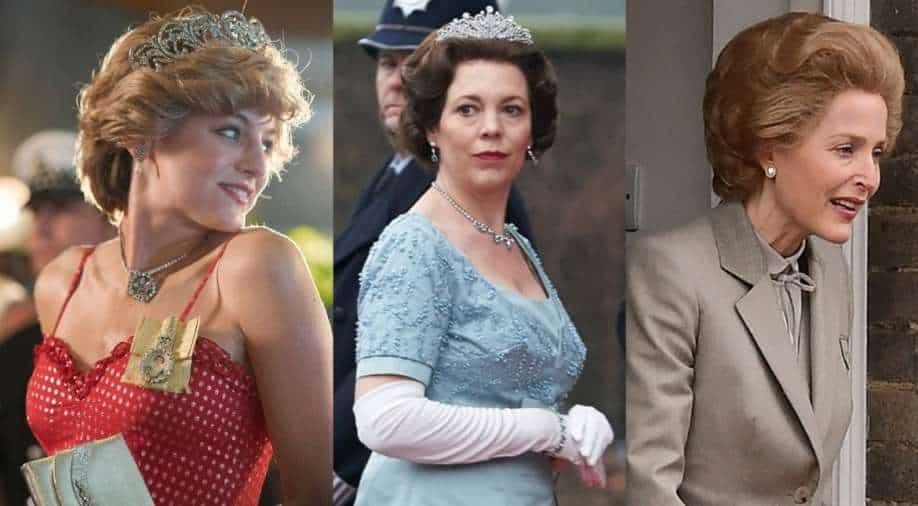

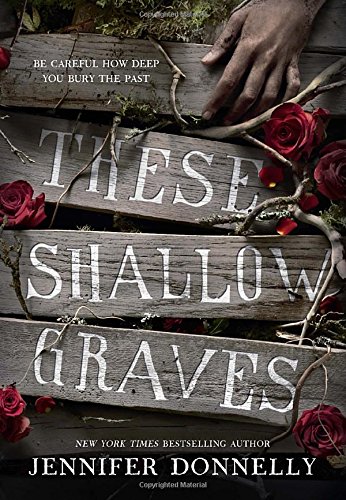
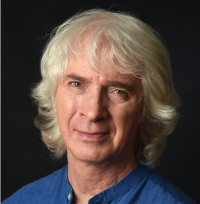 My love affair with New York started a long time ago.
My love affair with New York started a long time ago.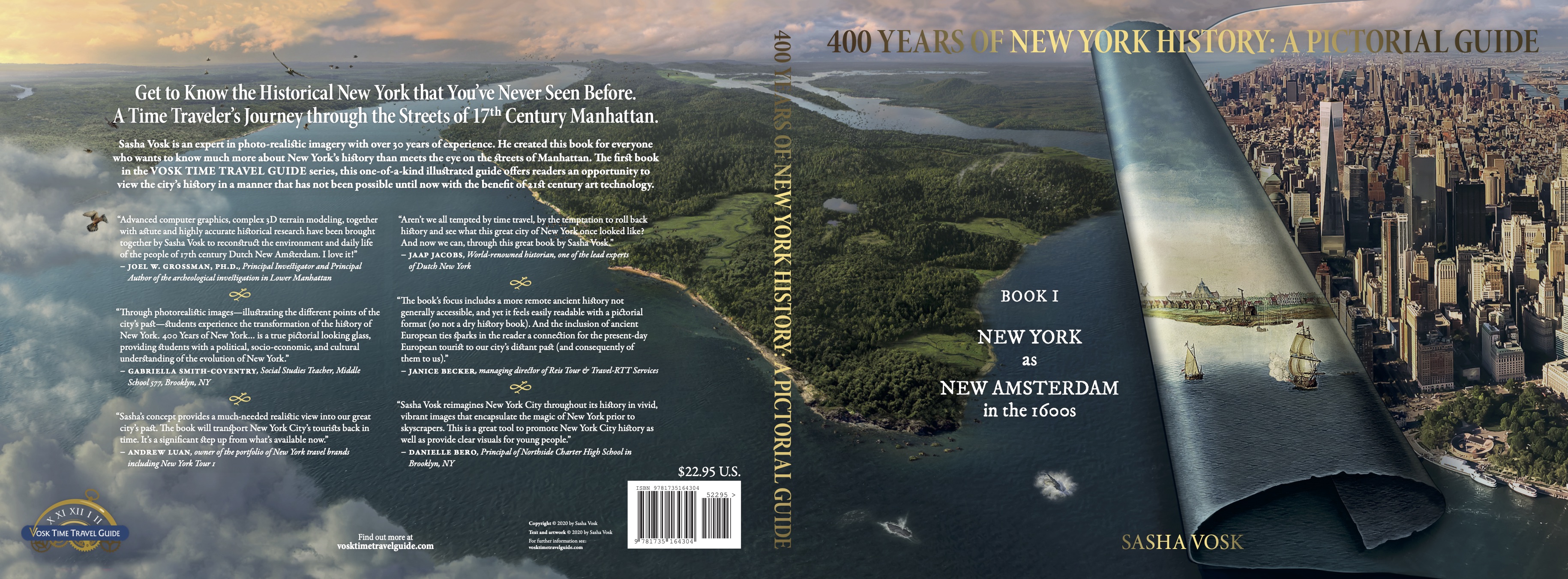

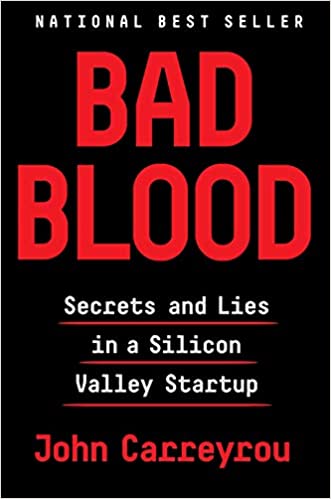
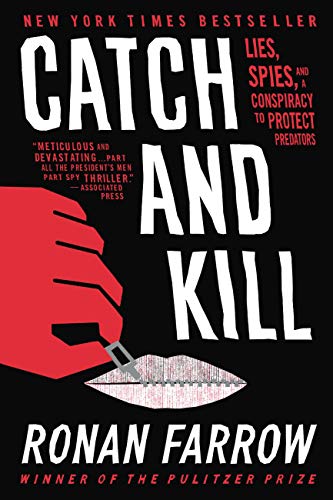
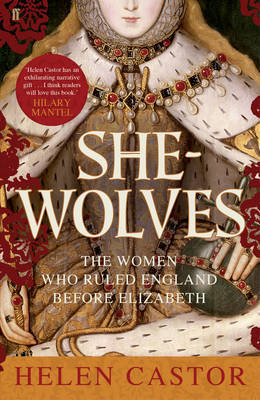
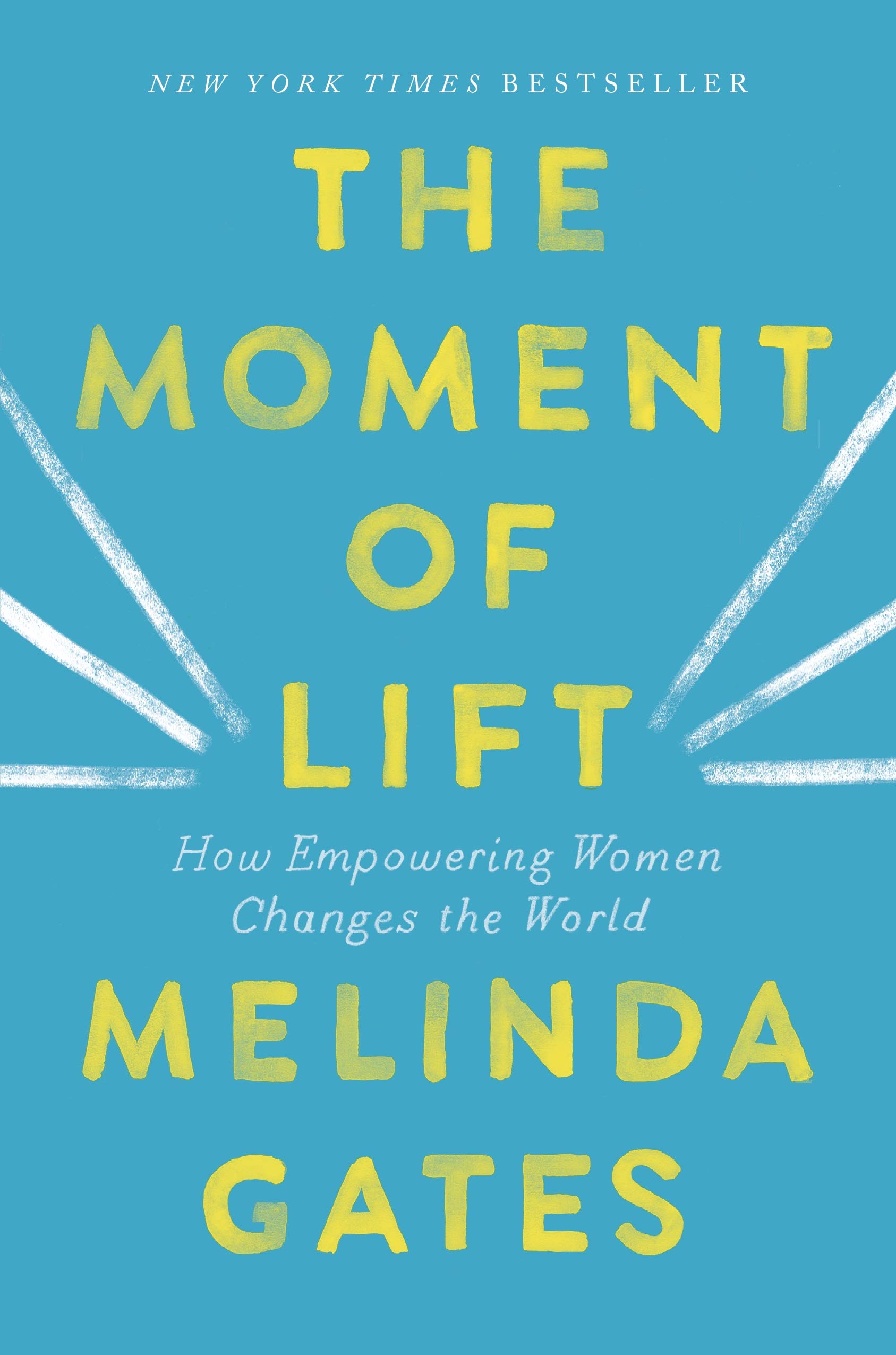
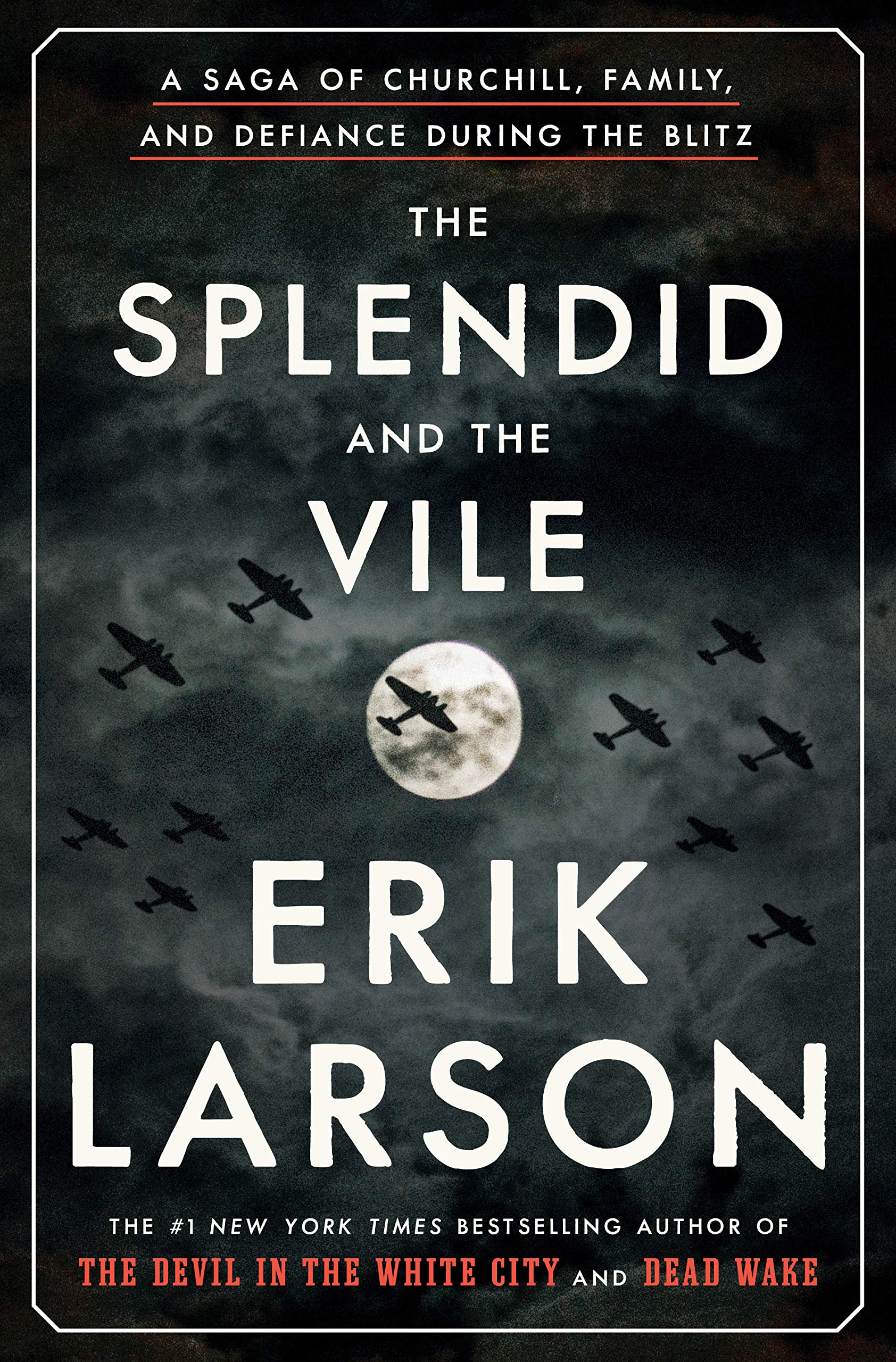
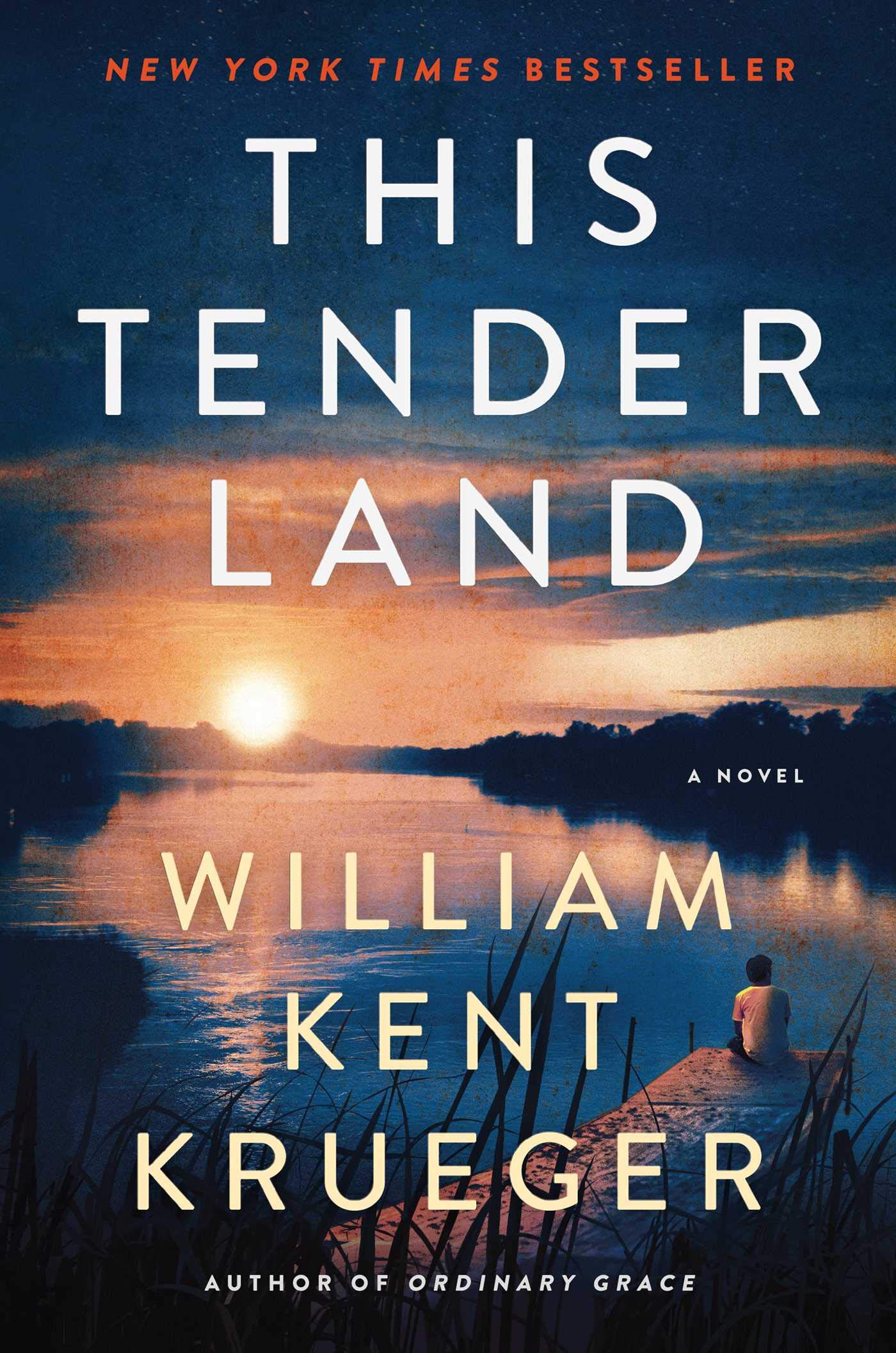 This Tender Land by William Kent Krueger
This Tender Land by William Kent Krueger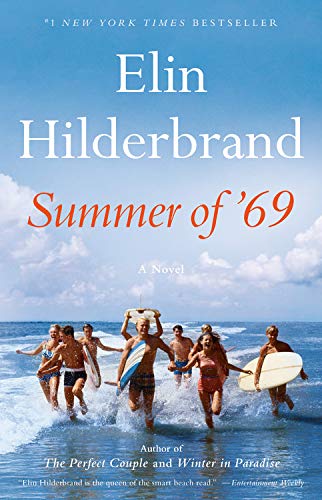
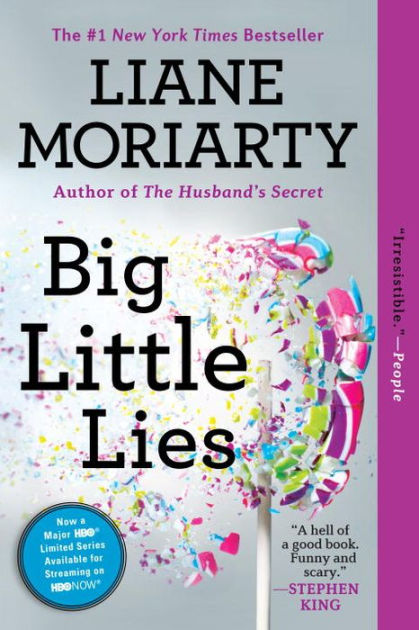
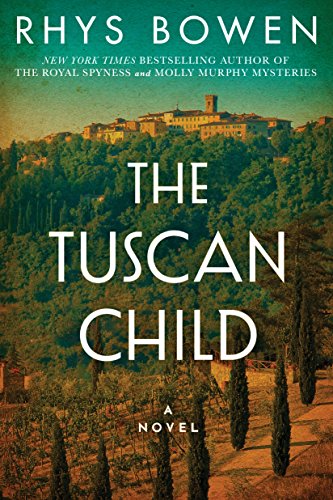
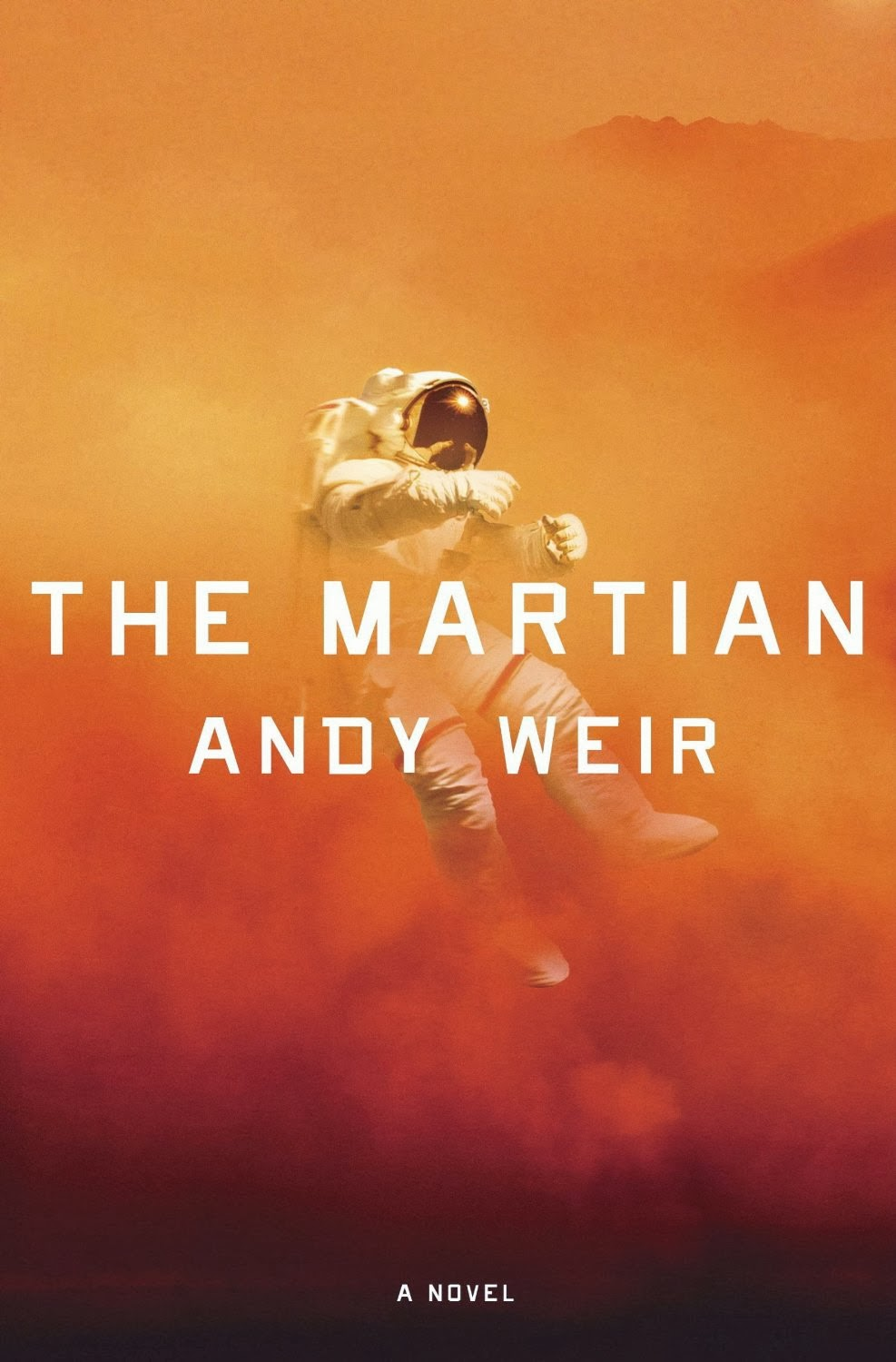
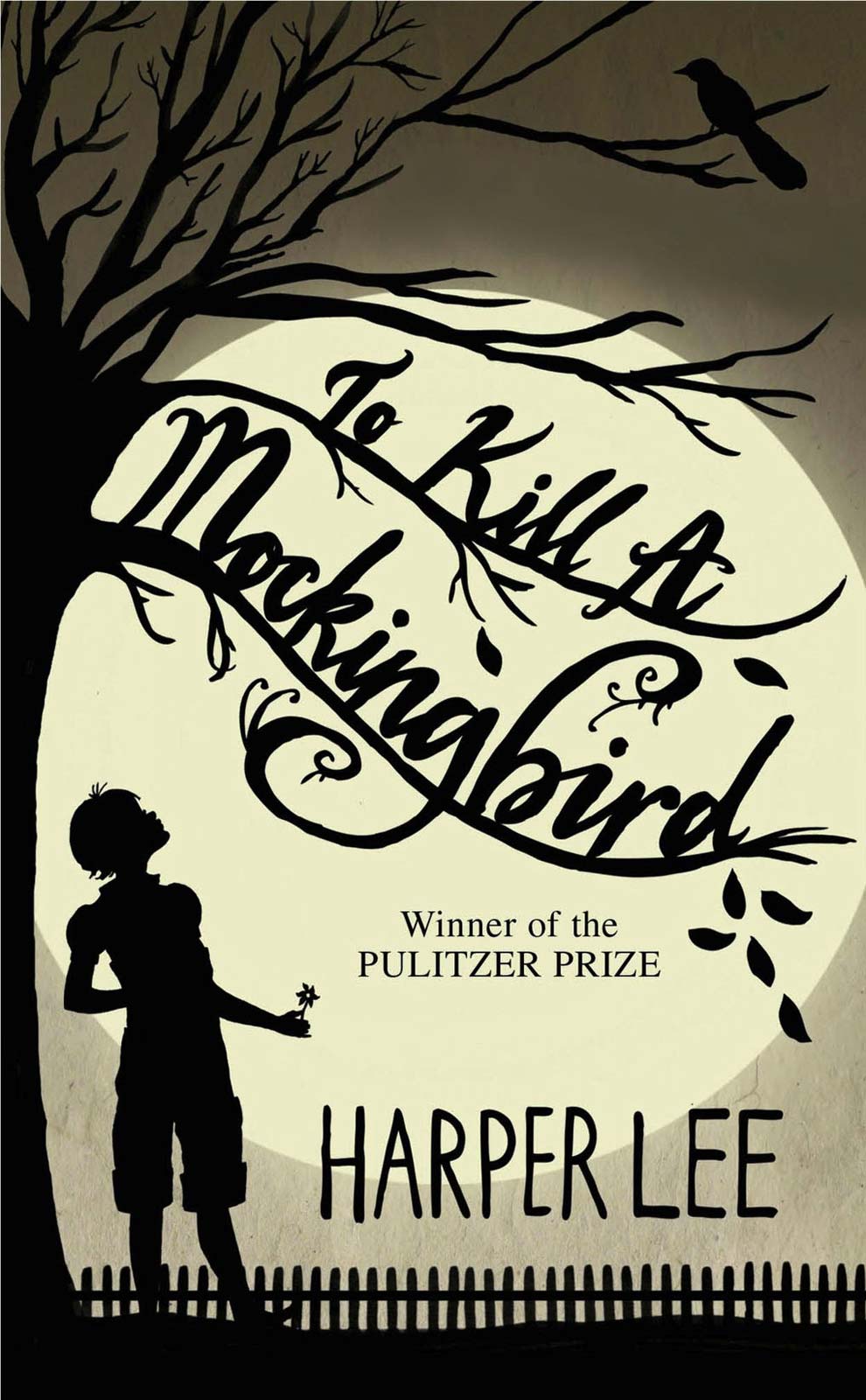

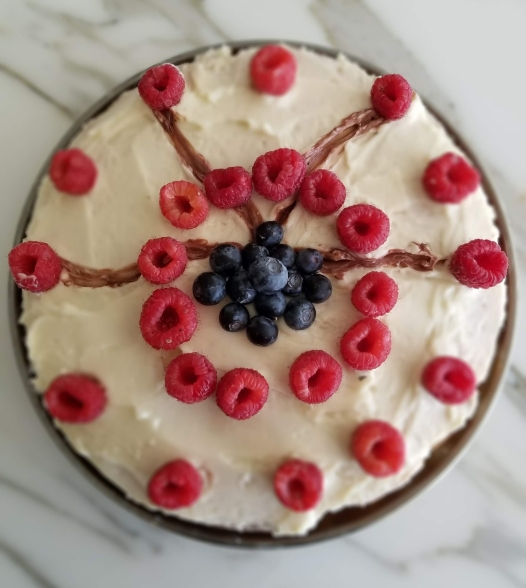
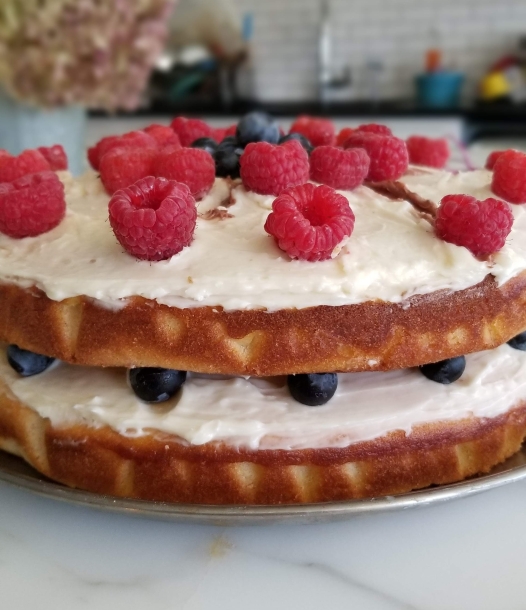

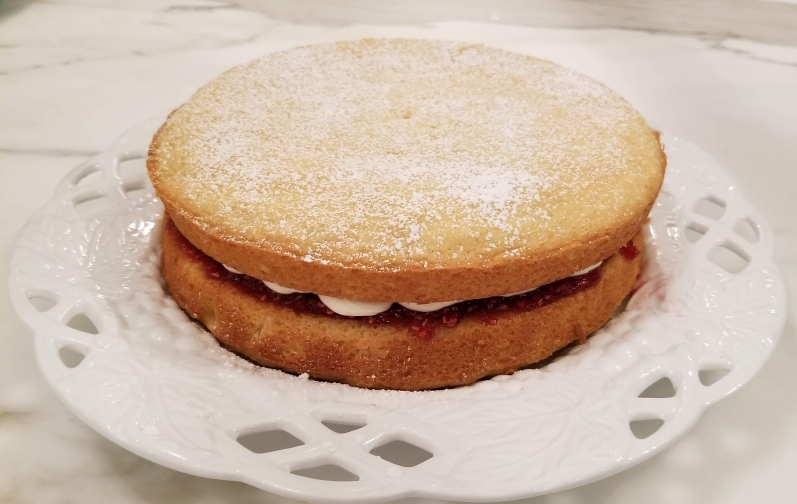
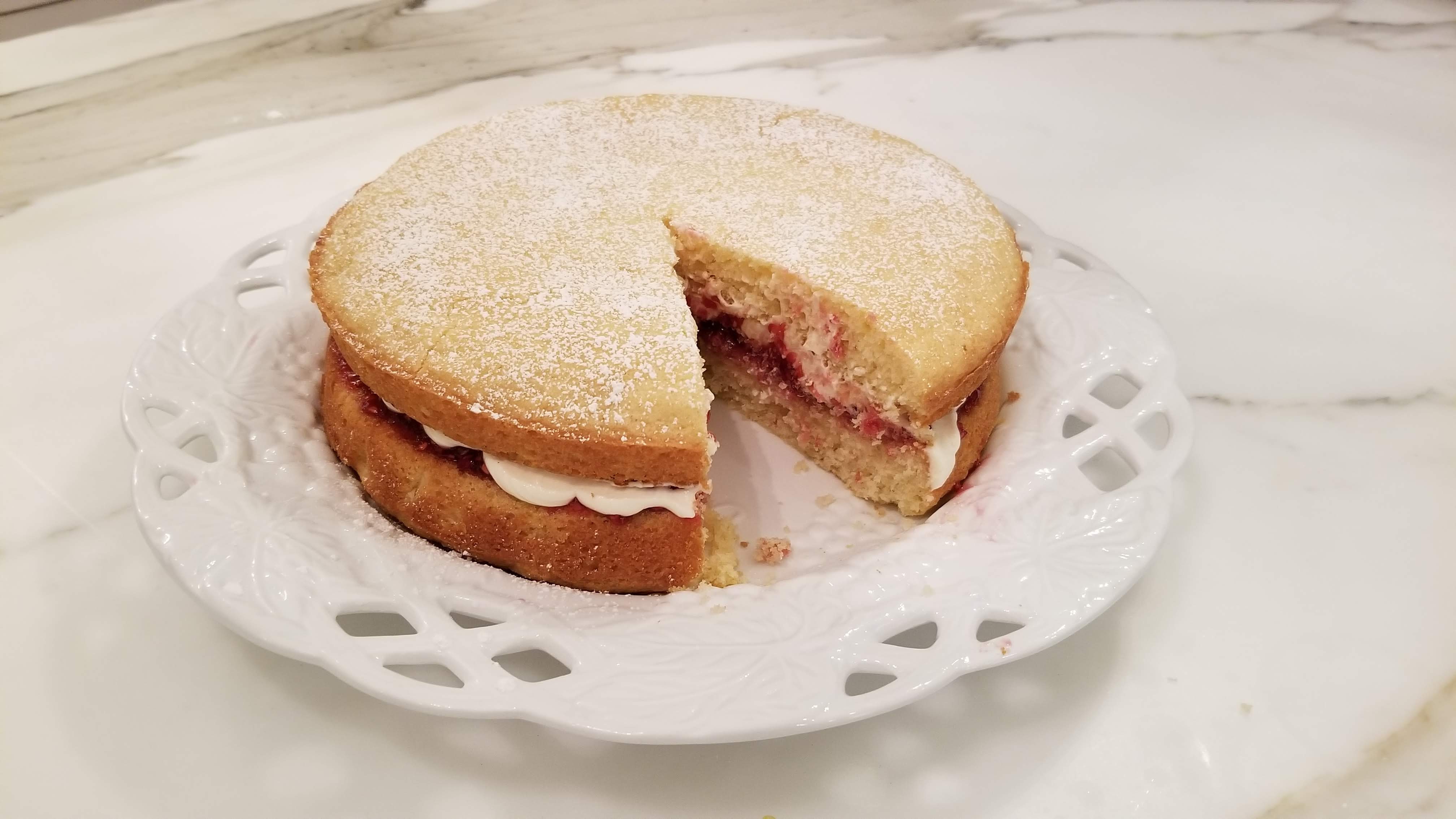
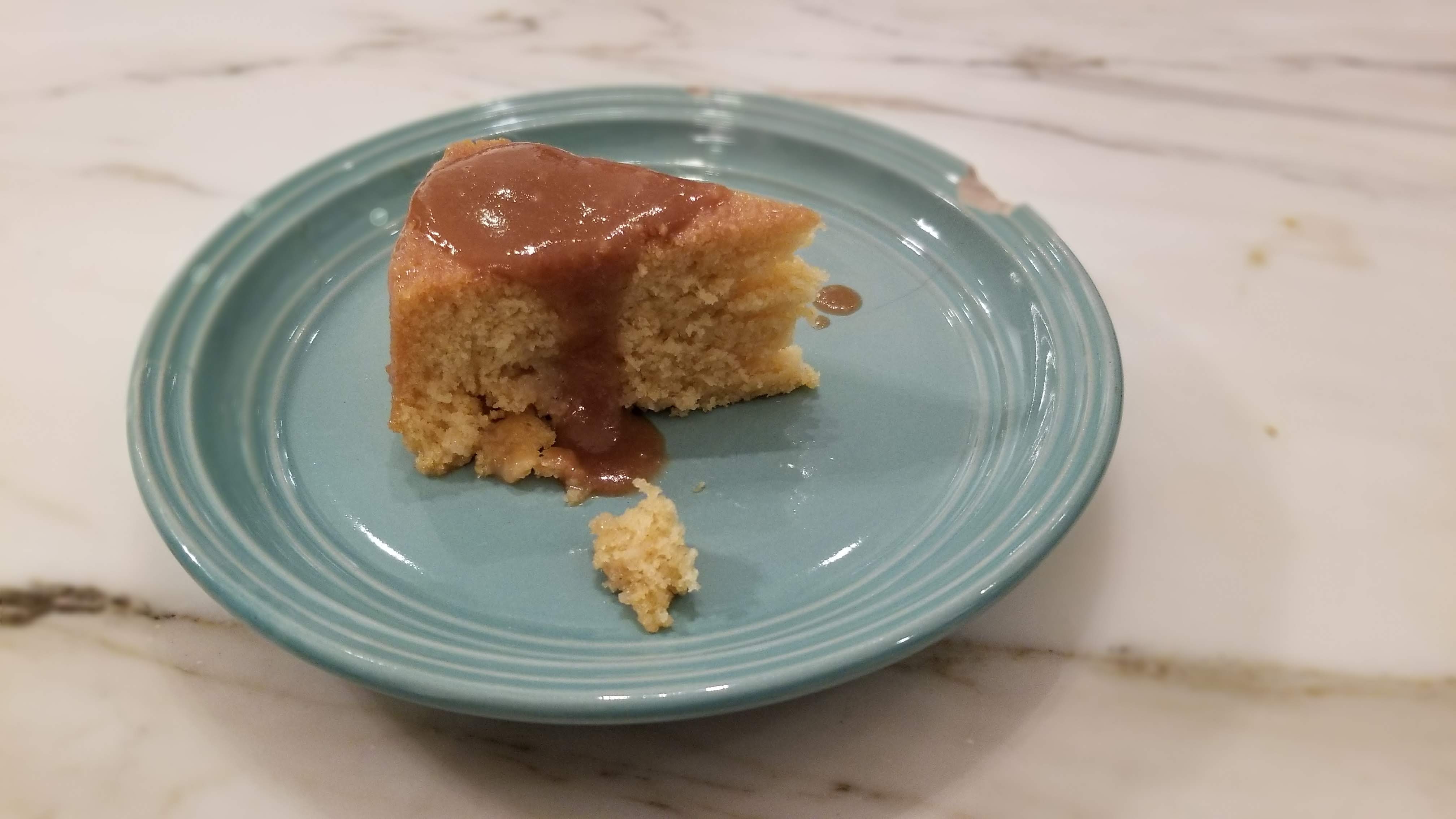

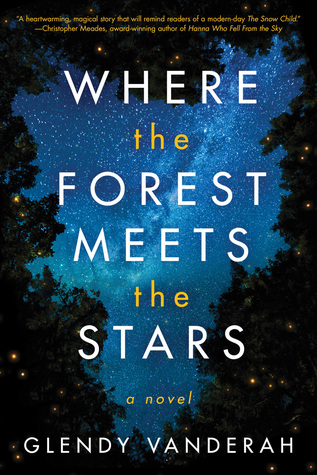 Where the Forest Meets the Stars by Glendy Vanderah
Where the Forest Meets the Stars by Glendy Vanderah